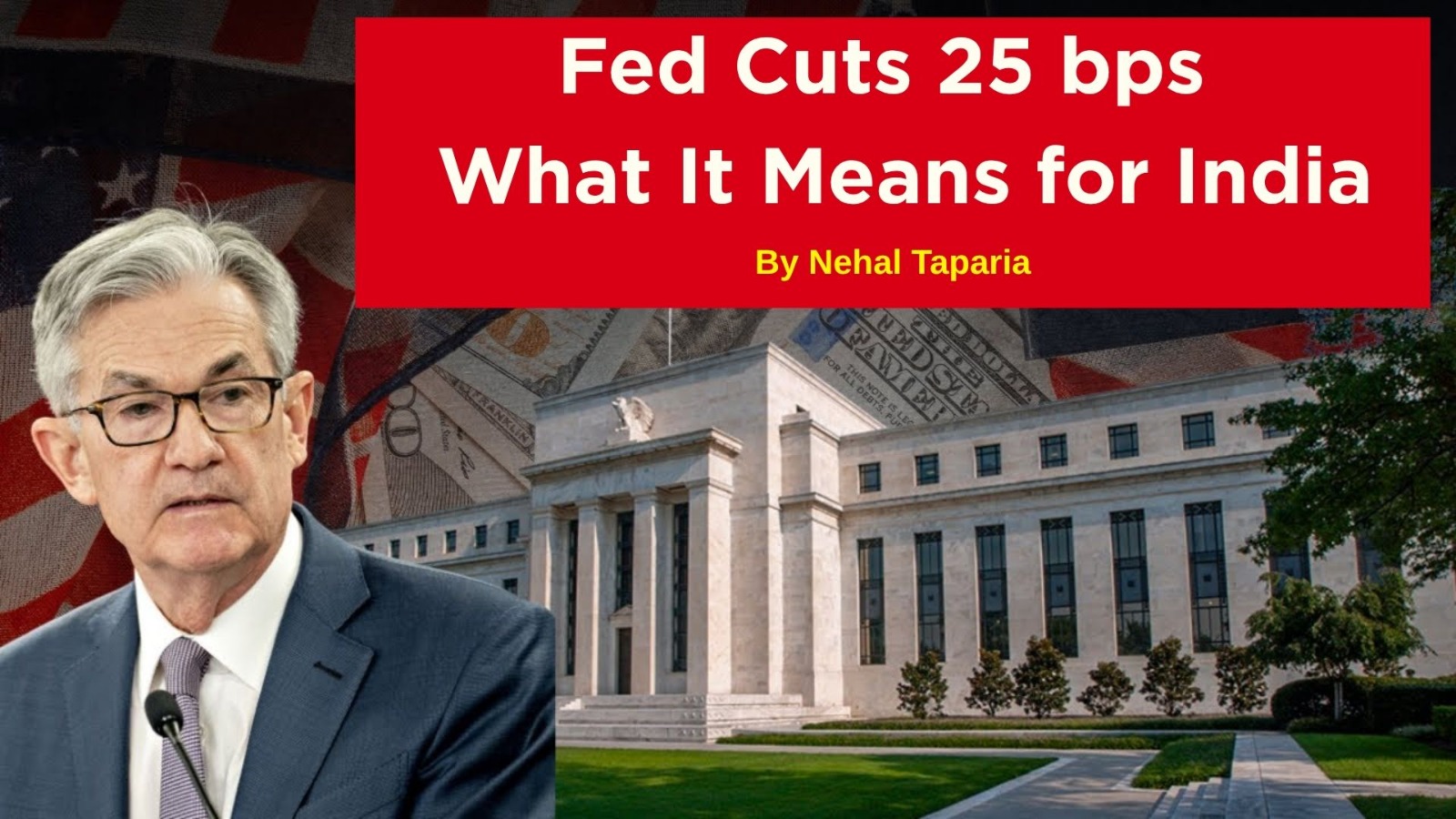Dollar Index at 52-Week Low, US Bond Yields Ease — What It Means for India

Dollar Index at 52-Week Low, US Bond Yields Ease — What It Means for India
Global financial markets continue to stay volatile, with fresh data showing a notable drop in the Dollar Index and a fall in US Treasury bond yields. While these movements may signal uncertainty in the US economy, they bring certain advantages for emerging markets like India. Here’s a look at what’s happening and what it means for Indian markets.
Dollar Index Near 52-Week Low
The Dollar Index (DXY), which measures the strength of the US dollar against a basket of major currencies, slipped to 97.9, marking a 0.7% drop and nearing its 52-week low. This decline reflects weakening investor confidence in the US dollar amid geopolitical tensions, recession concerns, and mixed economic data.
A weaker dollar generally works in favor of emerging markets by:
- Making commodities like crude oil (priced in dollars) slightly cheaper for importing nations.
- Attracting foreign portfolio investments (FPIs) into higher-yielding emerging market assets.
- Easing pressure on the Indian rupee, helping manage inflationary risks.
However, persistent dollar weakness also hints at global market nervousness, which can cap risk-on sentiment.
US Treasury Yields Decline
Another important development is the fall in US bond yields:
- The 10-year US Treasury yield dropped to 4.36%, down nearly 1%.
- The 30-year yield, which had previously breached the 5% mark, is now down to 4.8%.
Falling bond yields typically indicate:
- Growing expectations of economic slowdown or possible monetary easing.
- Lower borrowing costs globally.
- Support for emerging market equities as yield differentials narrow.
For India, softening US yields are positive — they ease FPI outflow pressures, stabilize the rupee, and can lead to increased foreign investment in Indian debt and equity markets.
Why Is This Good News for India?
As US bond yields decline and the dollar weakens:
- Crude oil import bills could ease marginally if the dollar continues to stay soft.
- Rupee depreciation risks reduce, keeping inflation in check.
- Indian equity markets could attract foreign inflows as risk appetite revives.
- Debt mutual funds, gilt funds, and bond prices in India could gain from expectations of global rate cuts.
So, while the global backdrop remains uncertain, these developments present a relative opportunity for India in the near term.
Written by Saurabh Jain
Disclaimer:
This content is intended for educational and informational purposes only and should not be considered as investment, trading, or financial advice. The information reflects personal market views and may not be appropriate for your individual situation. Please consult a certified financial advisor before making any investment or trading decisions. Neither the author nor the platform assumes responsibility for financial outcomes based on the content shared.
Our Recent FAQS
Frequently Asked Question &
Answers Here
What is the current Dollar Index level and why is it significant?
The Dollar Index has dropped to 97.9, down by 0.7%, very close to its 52-week low. This signals weakening confidence in the US dollar amid global uncertainties and impacts emerging markets’ currency and commodity dynamics.
How do falling US Treasury yields impact India?
Why does a weaker dollar benefit India?
Will this guarantee a market rally in India?
What should investors watch next?
Copyright © By Empirical F&M Academy. Design & Developed by Techno Duniya


.jpg)


.jpeg)




